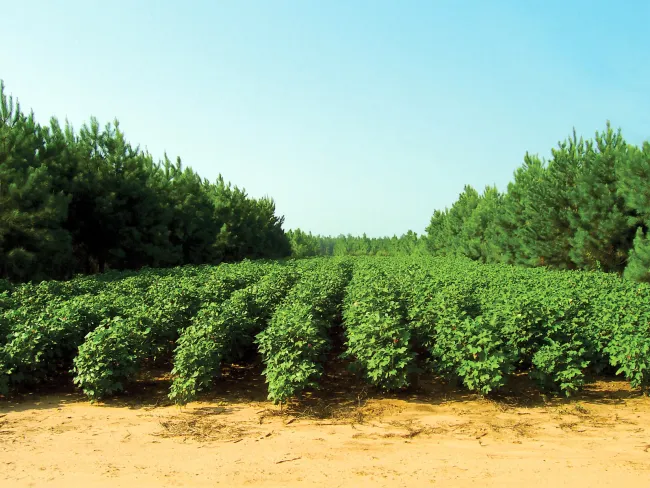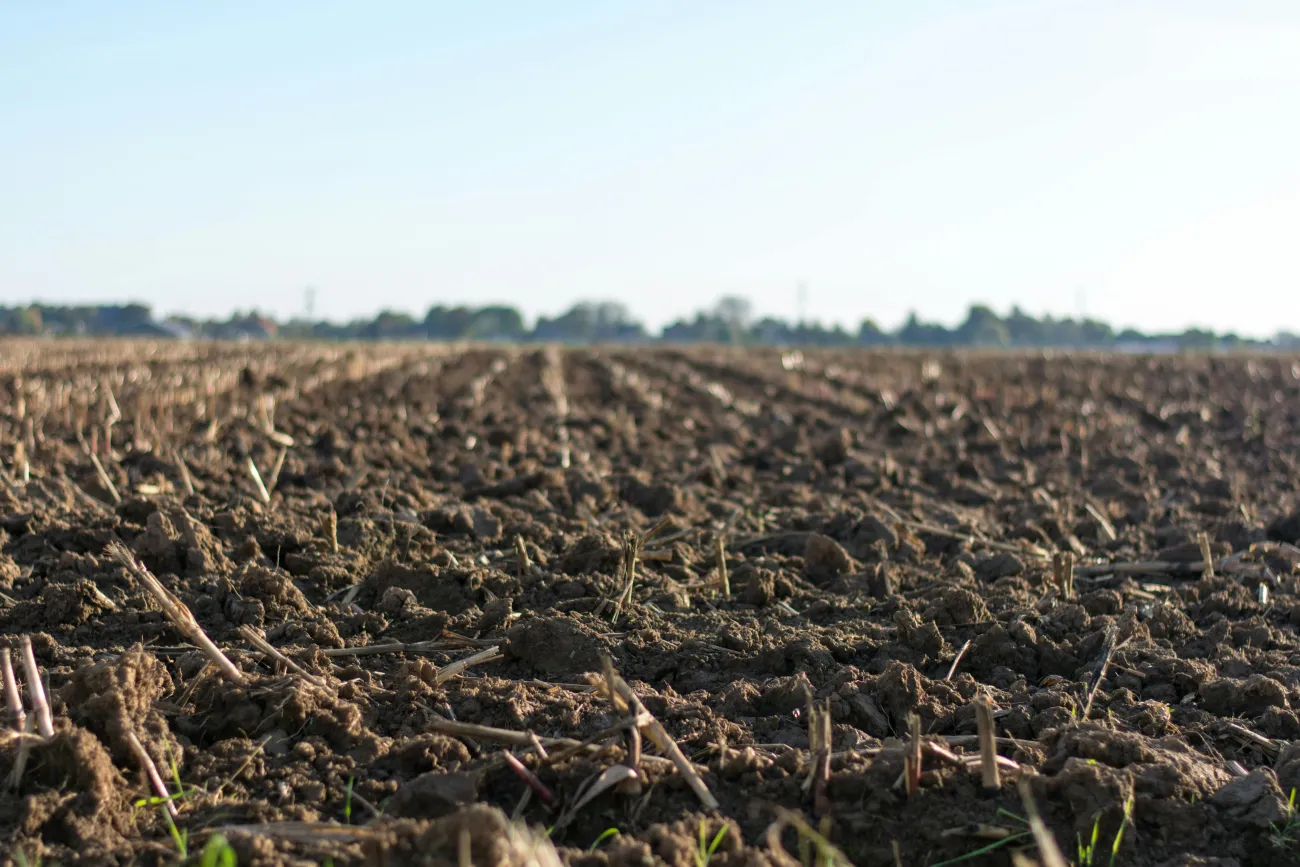So-called natural climate solutions in the United States (such as changing management of forests, grassland and agricultural land) could create annual emissions savings equivalent up to 21% of current US emissions according to this paper.

Most (63%) of the emissions savings come from greater carbon sequestration in plant biomass, 29% comes from more carbon stored in soils, and 7% comes from lower emissions of methane and nitrous oxide.
Reforestation was a major potential contributor to emissions savings. The authors assumed that pastures in historically forested areas would be reforested, but did not assume that natural grasslands or productive crop and pasture lands would be reforested.
On croplands, carbon sequestration opportunities include using cover crops and improving nutrient management. Other agricultural practices such as biochar and alley cropping were found to have large potential for cutting emissions, but the authors point out that a number of technological, cost and cultural barriers stand in the way of their implementation.
In supplementary table S1 (PDF link), the paper estimates the length of time for which carbon sequestration might continue before slowing down or stopping due to saturation. For example, carbon sequestration from reforestation is estimated to continue for more than 90 years; from natural forest management, for 25 years; from avoided forest and grassland conversion, for more than 100 years; from alley cropping, for more than 50 years; and from grazing optimisation, for more than 100 years.
Abstract
Limiting climate warming to <2°C requires increased mitigation efforts, including land stewardship, whose potential in the United States is poorly understood. We quantified the potential of natural climate solutions (NCS)—21 conservation, restoration, and improved land management interventions on natural and agricultural lands—to increase carbon storage and avoid greenhouse gas emissions in the United States. We found a maximum potential of 1.2 (0.9 to 1.6) Pg CO2e year−1, the equivalent of 21% of current net annual emissions of the United States. At current carbon market prices (USD 10 per Mg CO2e), 299 Tg CO2e year−1 could be achieved. NCS would also provide air and water filtration, flood control, soil health, wildlife habitat, and climate resilience benefits.
Reference
Fargione, J.E., Bassett, S., Boucher, T., Bridgham, S.D., Conant, R.T., Cook-Patton, S.C., Ellis, P.W., Falcucci, A., Fourqurean, J.W., Gopalakrishna, T. and Gu, H., 2018. Natural climate solutions for the United States. Science advances, 4(11), p.eaat1869.
Read the full paper here. See also the Foodsource resource How far could changes in production practices reduce GHG emissions? and the FCRN report Grazed and Confused?




Comments (0)